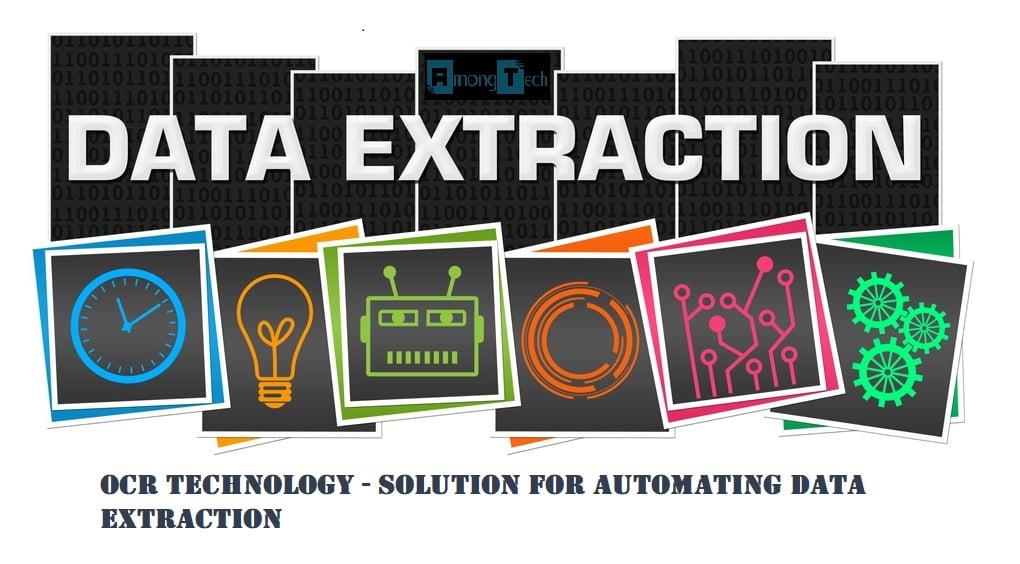OCR has become an integral part of data resourcing and storage. So, what are the elements that make it a viable automating solution?
The modern era of marketing and business requires automation at every curve. Businesses benefit from automation as they tend to other vital needs. While marketers ensure timely content creation, posting, and schedule without having to move a muscle.
However, not all the data available today is generated on digital devices. Considering that the text written on paper and images still exists, it can be challenging to convert them into viable data storage. Not only that, doing so can take a lot of time as it can hinder businesses and marketers alike.
Enter OCR, and all these problems seem to fade away. In 2020, the OCR market was worth 7.46 Billion in the US alone. Moreover, its annual growth rate of 16.7% will make it a virtual necessity for businesses by 2028.
That’s why it’s necessary to understand the proposition that OCR presents and how it will become a bare necessity for small businesses and major corporations in the coming years.
What is OCR?
OCR or optical character recognition uses a digital device that scans characters written on paper or images. Then, the device converts said characters and form them into words in a digital medium, aka text files.
OCR recognizes character after character, forming them into words. After that, it proceeds to formulate each one into the sentence structure, present on the extraction source. Then, it comprises paragraphs and completes the text within seconds.
What makes OCR different than a scanner? You could say that a scanner is just a camera in disguise. It takes pictures of the subject and scans them into the digital medium as images. While OCR recognizes each individual character present on a piece of paper.
However, the latest OCR tech also allows us to extract information from scanned documents. In other words, if you scan a book and then scan it through a virtual OCR tool, then it will recognize the characters present on that image, the same as a physical OCR machine.
How Does It Help With Data Automation?
OCR has become a key contributor to data automation. But, how exactly? If you need data for marketing and business purposes, what role could the recognition tool play in its automation? Moreover, if necessary, how come every business isn’t using it?
These are valid questions, but most of the major corporations around the globe are using them. In fact, more and more businesses are pushing for virtual data storage compared to physical ones. These data storages make life easier for data scientists, and here’s how it helps with automation:
Extraction of Vital Information
Businesses that are present from ages require storing old data copies, present in physical form.
Now, these physical storages take up a lot of space. Still, they also make it very difficult to use them for data automation.
Most online marketing today is about how quickly a business can tend to its requirement. Manually copying thousands of data pages into virtual devices can quickly become a problem.
However Image to text converter helps overcome this challenge quite comprehensively.
Through OCR scans, businesses with physical data can scan their documents and manuscripts without the added hassle.
Then, this stored data allows them to use it in automation as they deem appropriate.
Quick Text Conversions
Converting texts from images (scanned documents) or existing manuscripts is massive stress for data scientists today. Data automation is all about using all the material that you can. Since many of the mediums in our world still use physical documents, OCR can ensure quick text conversions.
Using data from these documents is vital for a business today, as it can help them use this material for better content creation, services, products, etc. That’s why OCR is essential to ensure quick conversion from image to text.

Data Library
Every business in today’s market requires a data library. This data includes customer information, the brand’s own vital data, content for marketing, etc.
The primary benefit of extracting text from image is that it helps create such vast data libraries. Then, a business can choose to use these data libraries as they deem fit for their requirements.
Scour through Texts
Imagine scanning through thousands of pages of text just to find that one line of data you need. Not only will that be painful, but it would also take an unnecessary amount of time.
Unnecessary because OCR tech allows thorough data scans, which you can scan through within seconds to look for necessary information.
Quick Access
Quick access is yet another critical benefit of OCR. Having access to thousands of words, sentences and paragraphs can help you in all facets of data automation for a business.
Conclusion
These are how an OCR can transform a business into a modern prodigy. It can help a company devise vast databases out of existing information. Furthermore, it can also help data automation become much more accessible.

